
Just another beach at Abel Tasman.
a travelogue for a solo cross-country motorcycle road trip from Tampa, Florida to San Diego, California in 2008 and an overland attempt from Singapore to Morocco from November 2004 to August 2006
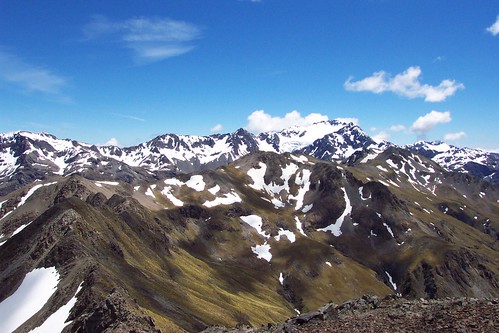
Once again Mt. Rollerston in the background and Avalanche Peak to the right of Mt. Rollerston. The traverse continues down the left ridge from Avalanche Peak to Lyell Peak which is near the center of the photo, and then along the ridge all the way to the left of the photo, then zig-zagging along that knife blade ridge toward me. This has been the best hike I've done so far. The views and the exposure and route-finding made it incredibly exciting.
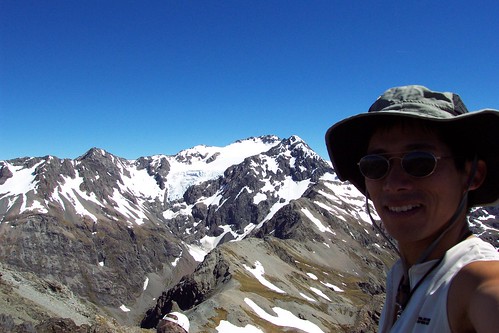
This is supposed to be the best day hike in all of New Zealand according to the Lonely Planet. They have a race called the Avalanche Peak Challenge here every year. The winner usually makes it up in 55 minutes; it took me 90. Oh well. The hike is pretty good, but I ended up doing a traverse along the ridge over to Lyell Peak and Mt. Beasley. It was pretty exposed on this knife ridge, but fortunately there was hardly any wind. And of course, no one on this traverse.

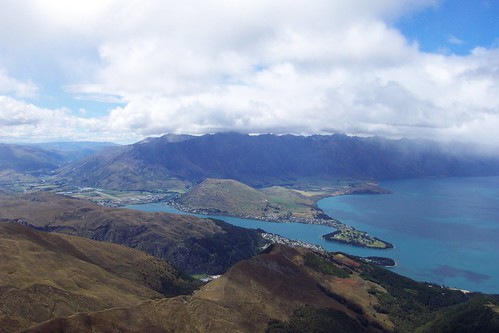
This is a peak right behind Queenstown. This view overlooks the town of Queenstown below and the Frankton Arm which is that thin slice of Lake Wakatipu that extends to the right. This lake is huge, by the way. It was hailing and very windy up here. I was wearing shorts. The trail I took comes along the ridge that you see above Queentown, which is the town on the bottom part of the lake. This ridge goes to the bottom left side of the photo. It was really windy and exposed but easily navigable.
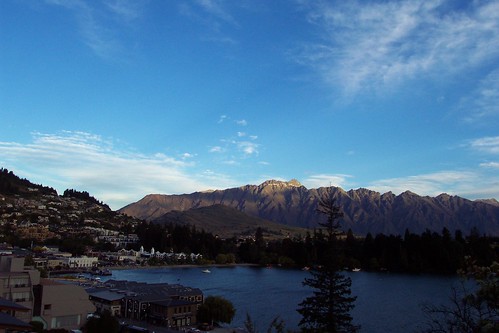
This is the view from my hostel. This place was so nice that I ended up staying four nights. Amazingly this town is now well known for its high-adventure pursuits rather than it's beauty. They filmed a lot of the Two Towers in the surrounding area. The Remarkables are the peaks lit up by the setting sun. This is Lake Wakatipu, a huge lake in the South Island.
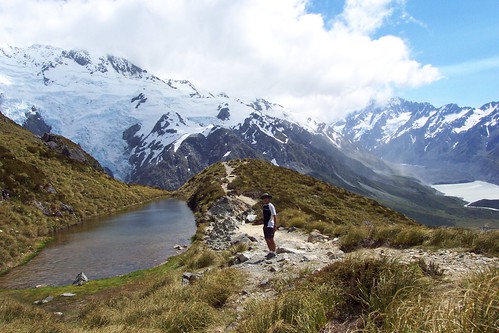
This is on the hike to the Mueller Hut. For trampers (backpackers) in NZ, you don't necessarily need a tent as they have limited spaces available in alpine huts. A tarn is a mountain lake. That's Mt. Sefton behind me and Mt. Cook to the right. Sefton appears to loom much higher, but Mt. Cook is still several miles away.

This is a glacial valley that was carved out by the Tasman glacier. It dumps into Lake Pukaki which is a brilliant powder blue because of the "glacial flour"; as a glacier grinds rock into powder, the fine silt goes into the water. I hiked a couple hours to through grazing sheep to get up here. No tourists anywhere.